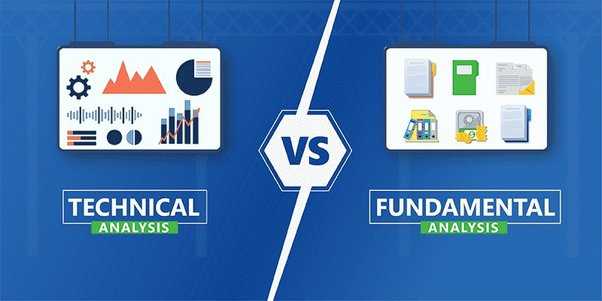Every day, market prices change, but why? Why are they moving? Why do investors choose to sell one asset while buying another? The fundamental analysis explains why this is the case.
A longer-term understanding of pricing and inputs is necessary for proper fundamental analysis, which may subsequently apply to short-term occurrences. Traders can foresee the possibility of a sizable price moving toward or away from equilibrium brought on by a change in the underlying supply or demand. Example are:
- A sudden weather change affecting the prices of agricultural goods
- Geopolitical events affecting currency value and oil prices
- Changes in population and wealth that will eventually shift to demand curves.
Fundamentals have a significant impact on a variety of markets, including indices, commodities, and currencies.
Fundamental analysts work hard to understand supply and demand. They use vast amounts of data, often from governments or industry associations tasked with data collection, to make pricing decisions.
The underlying circumstances are constantly shifting. For instance, Stock indices are influenced by macroeconomic conditions but are also influenced by individual needs for specific stocks held within a particular index. As a result, fundamental traders typically examine various economic prints that show how a given country’s economy is performing. For example, companies can generate higher profits when the economy is expanding. In this case, the outlook for businesses and the economy improves, and stock markets expect to rise.
How does Fundamental Analysis differ from the most mentioned type of analysis, Technical Analysis?
The potential future direction is shown by technical analysis. Fundamental analysis, on the other hand, explains why the market moves.
The fundamental analysis investigates all factors that may impact a company’s stock price in the future, such as financial statements, management processes, industry, etc. In addition, it examines the firm’s intrinsic value finding out whether the stock is underpriced or overpriced.
On the other hand, technical analysis forecasts an entity’s price movements in the future by using past charts, patterns, and trends.
While fundamental analysis seeks to determine the stock’s actual intrinsic value,
technical analysis determines the appropriate time to enter or exit the market.
SYNOPSIS
Both methods are used to research and forecast future stock price trends.
The time difference between the two analyses can be seen not only in their approach but also in their objectives. In contrast, technical analysis is concerned with trading. Fundamental analysis is concerned with investment. Most investors use fundamental analysis to buy or hold company stocks, whereas traders rely on technical analysis to make short-term profits.
However, some aspects of fundamental analysis catch everyone off guard. They are impossible to predict and have a wide-ranging impact on the markets.
Natural phenomena, extreme weather conditions, wars, and other events fall into this category. Because the fundamental area is so vast, there are numerous topics to cover, beginning with monetary policy and ending with geopolitical and macroeconomic events.
The best one is that it represents the sum of everything that happens in the world except technical analysis.









